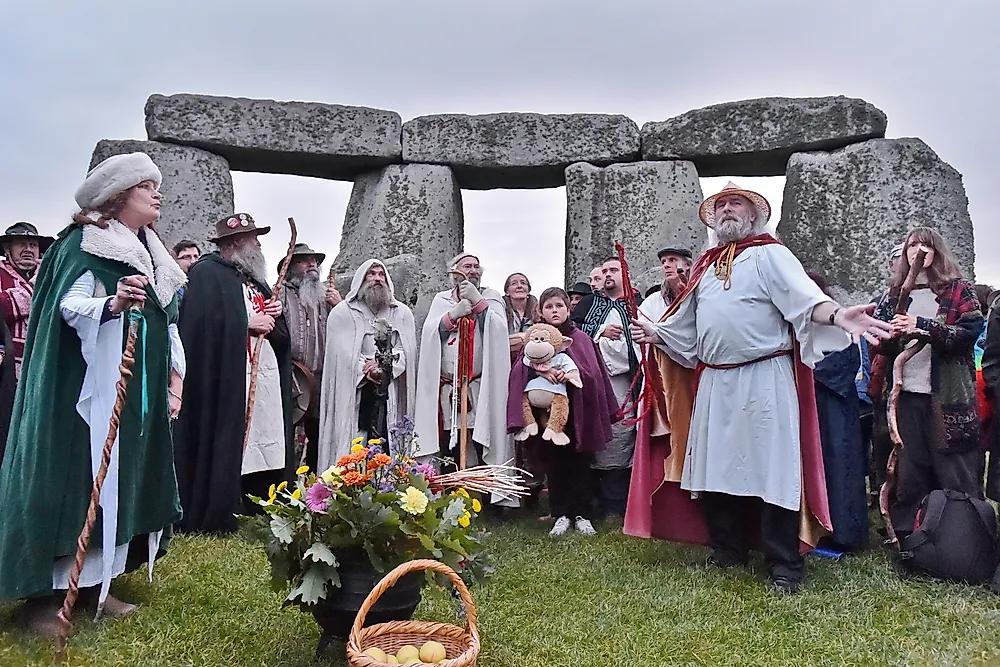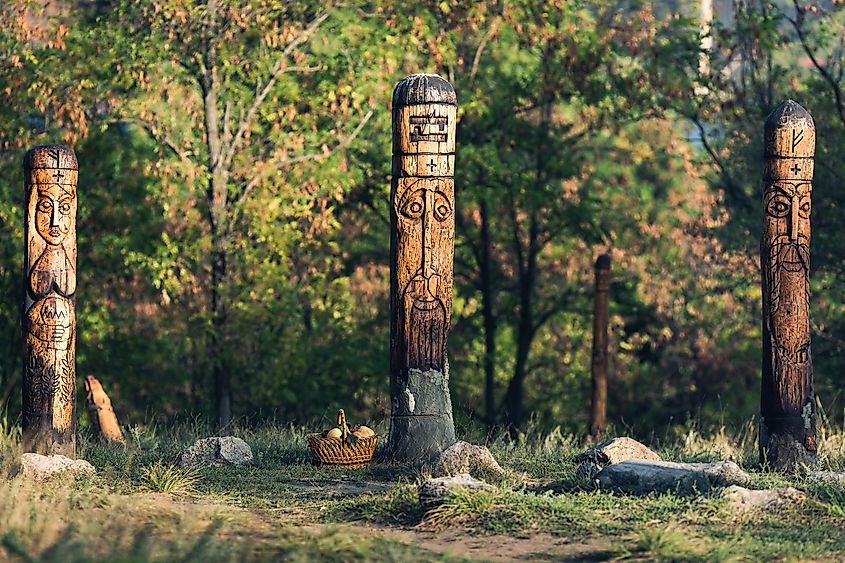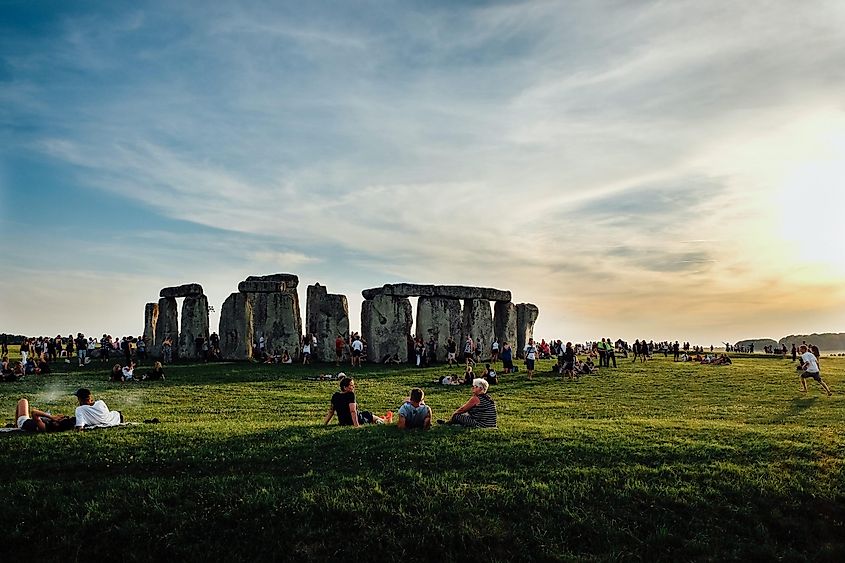What Is Paganism?

The term Paganism is derived from the Latin word Paganus which was revived during the Renaissance. Paganus was developed from the Latin, classical Pagus which referred to a region delimited by markers. It then came to mean “villager,” “country dweller,” or “unlearned.” In the Roman Empire when Christianity spread, Pagan or Paganism became a term used to refer to people who continued to practise pre-Christian polytheistic religions.
History Of Paganism

The Roman Empire was the driving force in the spread of Christianity across Europe. Prior to this, the peoples of Europe followed polytheistic traditions that generally followed elements of the natural world such as the phases of the moon and the changing of the seasons. During this time, the term Paganism was used to lessen the status of other religious beliefs or “peasantry.” Therefore, it was used to prejudice them to imply their inferiority. During and after the era of the Middle Ages, Paganism meant the belief in so-called "fake gods," any deities that were not God in the Christian, Jewish or Muslim sense, or non-Abrahamic beliefs. The term has been passed on throughout time, and in the 19th century, it began to be used by people who embraced pre-Christian beliefs. In the 20th century, self-proclaimed Neopagans developed belief systems that brought ancient polytheistic beliefs into the modern world.
Modern Paganism
Modern Paganism (Neopaganism) is a form of Paganism that incorporates pre-Christian beliefs (for example, the worship of nature) into modernized traditions and practices. Neopaganism derives its beliefs from old sources such as findings of archaeological artifacts, ancient writers’ historical accounts, and records of field research on anthropology, among others. Moreover, several types of Paganism exist, and people who practice Paganism may or may not also ascribe to one of the main religions such as Christianity, Islam or Judaism.
Countries With Large Populations Of Pagans

Neopaganism is widespread all over the world. Their beliefs are based on pre-Christian, pre-Judaism, and pre-Islamic traditions and practices. Neopaganism became widespread in the 20th century, mainly because of freedom of religion and a steady decline in Christianity in Europe and America throughout the 1900s. Membership and the exact number of pagans worldwide has not been determined, in part because the dominance of Christianity and other main world religions has led to the repression of Neopaganism in some countries. Some of the countries believed to have a higher number of pagan groups include the United States, Canada, the United Kingdom, Germany, Russia, Lithuania, and Australia.
In North America, mostly the US but also Canada, many Pagan groups exist with members who mainly dwell in urban areas, are educated and belong to the middle class. However, there are no exact statistics on these groups as the government does not collect such information. In the United Kingdom, Pagan groups that practice Neopagan traditions such as Druidism, Wicca, or Heathenry are spread all over the country.
Heathenry is a Pagan group found in most parts of Germany. The group bases their beliefs on ancient Norse and Germanic mythologies such as the belief that the earth is located in a great world tree called “Yggdrasil.”
Although Paganism has received a significant membership, its spread is hindered by the fact that there are no active propagations of the religion, unlike the main world religions. Furthermore, Paganism mainly derives its origin from the traditional, cultural, and historical backgrounds of given communities, so practices and traditions will vary.











